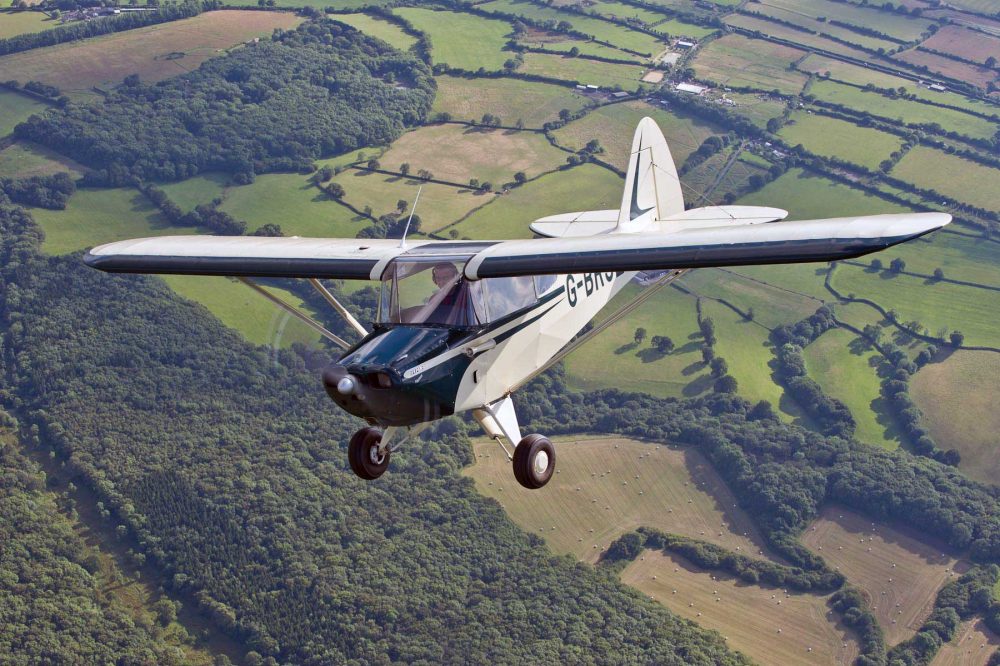The new Air Navigation Order (ANO) 2016 came into force on 25 August. It is very different from the ANO 2009 it replaces. According to Edward Bellamy of the CAA, “It provides the foundation for a simpler and more proportionate approach to the regulation of many GA activities that fall under national (and not European) regulation.
“You’ll notice a substantially different structure. We believe that this will result in a clearer and easier to understand document and hope the new structure will help pilots (and others involved in the operation of non-EASA aircraft – the vast majority of them being involved in GA) find the information that they need more easily.
“Some terms have also been changed to match those used by EASA and help make rules clearer to understand while sections of the Order have been organised to follow regulatory functions, like airworthiness, operations and licensing.
“The term ‘aerial work’ has been replaced with ‘commercial operation’ throughout the ANO to make it easier to distinguish between non-commercial GA operations and commercial or public transport.”
One of the most important sections sets out the legal basis for the airworthiness of non-EASA aircraft.
“Some airworthiness procedures have been aligned with Part-M, so pilot owners conducting maintenance on aircraft with a certificate of airworthiness must now sign a certificate of release to service (CRS),” said Bellamy. “The legal provision to maintain a non-EASA aircraft up to 2,730kg with a certificate of airworthiness in accordance with a ‘self-declared’ maintenance programme has also been incorporated, in line with EASA’s Part-M Light, which is expected next year.
“[There is also] a new chapter that covers the basic operational requirements for all non-EASA aircraft and sets out the responsibilities and obligations of the pilot in command. It contains requirements for all flights under the ANO, except public transport operations which are now covered in Chapter 7 of Part 5.”
Licence privileges are covered in Schedule 8. “[This is] important for GA pilots flying non-EASA aircraft as it sets out the licence privileges of non-EASA licences, the ratings that may be attached to them and the means of revalidating them. GA pilots with non-EASA licences should look at this schedule in detail.”
One unexpected bonus is that holders of EASA PPLs can also use the self-declared medical announced last month. However, it will restrict their flying to UK airspace.
caa.co.uk/News/Air-Navigation-Order-2016/












